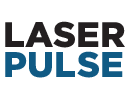Private Sector Engagement (PSE)
Background
- USAID is undertaking a mandate to dramatically increase Private Sector Engagement (PSE) across the Agency through the launch of the Private Sector Engagement (PSE) Policy.
- PSE is a flexible mix of financial and nonfinancial development approaches that mobilizes market-based solutions for development impact.
- USAID is a leader in Private Sector Engagement (PSE) within the development sector through tools and approaches like the Global Development Alliance (GDA) and the Development Credit Authority (DCA), and offices like the Office of Private Capital and Microenterprise (PCM) and the Center for Transformational Partnerships (CTP).
- Despite an existing body of evidence on PSE, critical gaps still exist in our understanding. This Evidence and Learning Strategy improves accountability and decision-making in the use of PSE for planning and programming and will contribute to a growing base on knowledge about how to mainstream PSE across all sectors of development.
Goal of the Strategy
- To build the evidence base on effective PSE by:
- Filling critical knowledge gaps
- Improving the rigor of PSE research and evaluation,
- Take an iterative learning approach to evolving, expanding, and deepening our collaboration with the private sector in achieving our development and humanitarian objectives.
- Champion the development of meaningful indicators of PSE.
Three learning questions to strengthen and increase enterprise-driven development
Q1: What is the effectiveness of different forms of engagement?
Q2: What external factors drive effective engagement with the private sector?
Q3: What PSE relationship qualities influence results?
 Due to the unique context of each instance of PSE, there are no definitive answers to the proposed learning questions. Rather, each question encompasses a variety of learning activities that will contribute to the larger body of PSE evidence.
The PSE Evidence and Learning Strategy focuses on three learning questions that will guide USAID in dramatically strengthening and increasing enterprise-driven development, while contributing to the wider PSE evidence base.
Developing an evidence base is like building a mosaic: Each individual piece does not make the picture, but over time the picture emerges.
Due to the unique context of each instance of PSE, there are no definitive answers to the proposed learning questions. Rather, each question encompasses a variety of learning activities that will contribute to the larger body of PSE evidence.
The PSE Evidence and Learning Strategy focuses on three learning questions that will guide USAID in dramatically strengthening and increasing enterprise-driven development, while contributing to the wider PSE evidence base.
Developing an evidence base is like building a mosaic: Each individual piece does not make the picture, but over time the picture emerges. PERSPECTIVES STUDY
Examines the emerging social science literature in partnership, engagement, and collaboration to understand the motivations, processes, mechanisms, and strategies that promote effective private sector engagement.PARTNERING PROCESS
Examines the causes and contexts of sub-optimal or unintended outcomes and look to identify root causes, with an eye towards sharing appropriate lessons learned and opportunities for improvement in PSE throughout USAID.ENDURING RESULTS STUDIES
Build on the evidence base regarding partnership sustainability and enhance the Agency’s understanding of what activities and outcomes endure after the Agency’s funding endsMONITORING TOOLKIT
Analyzes USAID’s performance monitoring needs and experiences with private sector engagement measurement resulting in the development of tool(s) and best practices to measure private sector engagement and its outcomes.
EVIDENCE GAP MAP
A tool for evidence-informed decision making and strategic research prioritization that consolidate what is known and unknown about PSE and will help drive future USAID private sector engagement research priorities.
More Information & Publications
Sort by project name in the Resource Library to find PSE project publications and other resources.





